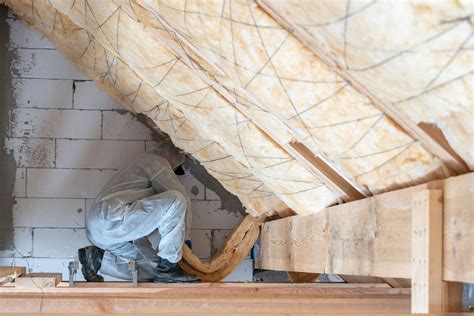How Flammable Is Insulation
Ronan Farrow
Apr 04, 2025 · 3 min read

Table of Contents
How Flammable is Insulation? A Comprehensive Guide
Insulation plays a crucial role in maintaining comfortable indoor temperatures and improving energy efficiency. However, with the variety of insulation materials available, understanding their flammability is crucial for ensuring home safety. This guide will delve into the flammability of different insulation types, helping you make informed decisions for your home or project.
Understanding Flammability Ratings
Before we discuss specific insulation types, it's important to understand how flammability is measured. Insulation materials are often assigned fire ratings based on their reaction to fire. These ratings aren't simply "flammable" or "non-flammable"; they represent a range of behavior, from readily igniting to resisting flames. Factors considered include:
- Ignitability: How easily the material catches fire.
- Spread of Flame: How quickly the fire spreads across the surface.
- Smoke Development: The amount of smoke produced during combustion.
- Heat Release: The amount of heat generated during burning.
These factors are usually assessed through standardized fire tests. The specific test and rating system might vary depending on your location and building codes.
Common Insulation Types and Their Flammability
Different insulation materials exhibit varying degrees of flammability. Here's a breakdown of some common types:
Fiberglass Insulation
Fiberglass insulation, a popular choice for its affordability and effectiveness, is generally considered non-combustible. While it won't readily ignite and spread flames, it will still degrade under intense heat. However, it's crucial to note that the presence of other combustible materials in proximity to fiberglass insulation can still pose a significant fire risk. Always follow installation guidelines and maintain sufficient clearance from heat sources.
Cellulose Insulation
Cellulose insulation, made from recycled paper, is considered more flammable than fiberglass. However, it often receives fire-retardant treatment during manufacturing. This treatment significantly reduces its flammability, although it doesn't render it completely fireproof. Proper installation and adherence to building codes are crucial for mitigating fire risks.
Mineral Wool Insulation (Rock Wool and Slag Wool)
Mineral wool insulation, including rock wool and slag wool, is considered non-combustible. It's a robust material that resists flames and high temperatures. This makes it a popular choice for applications requiring superior fire protection.
Spray Foam Insulation
Spray foam insulation is available in two main types: open-cell and closed-cell. Open-cell spray foam is more flammable than closed-cell spray foam. Closed-cell spray foam, due to its denser structure, exhibits better fire resistance. However, all spray foams, regardless of the type, should be installed by certified professionals following safety guidelines to minimize risks.
Rigid Foam Insulation (Polystyrene, Polyurethane)
Rigid foam insulation materials such as polystyrene and polyurethane have varying degrees of flammability. Some formulations are treated to improve their fire resistance. These treatments reduce their flammability and can make them suitable for applications requiring certain fire safety ratings. However, it's essential to check the specific fire ratings of the material before use.
Choosing the Right Insulation: Safety Considerations
When selecting insulation, consider the following safety factors beyond just flammability:
- Building codes and regulations: Always comply with local building codes, which specify acceptable insulation types and installation methods.
- Ventilation: Ensure proper ventilation to prevent the accumulation of excessive heat.
- Proximity to heat sources: Maintain sufficient clearance between insulation and any potential heat sources like appliances or fireplaces.
- Installation practices: Follow proper installation guidelines to minimize the risk of fire hazards.
- Material Composition: Understanding the exact composition of your insulation material is key to knowing its fire resistance properties.
Choosing the right insulation involves balancing performance, cost, and safety. By understanding the flammability characteristics of various insulation types and following safe installation practices, you can ensure the safety and energy efficiency of your home.
Featured Posts
Also read the following articles
| Article Title | Date |
|---|---|
| How Do Electric Skateboards Work | Apr 04, 2025 |
| How Did Angelia Joiner Die | Apr 04, 2025 |
| How Do I Get A Copy Of My Basset Certification | Apr 04, 2025 |
| How Hot Do Block Heaters Get | Apr 04, 2025 |
| How Does An Emergency Pick Up Order Work | Apr 04, 2025 |
Latest Posts
-
How Long Does A Log Cabin Last
Apr 05, 2025
-
How Long Does A Livescan Take
Apr 05, 2025
-
How Long Does A Liquid Bbl Last
Apr 05, 2025
-
How Long Does A Lace Wig Stay On
Apr 05, 2025
-
How Long Does A K And N Filter Take To Dry
Apr 05, 2025
Thank you for visiting our website which covers about How Flammable Is Insulation . We hope the information provided has been useful to you. Feel free to contact us if you have any questions or need further assistance. See you next time and don't miss to bookmark.
